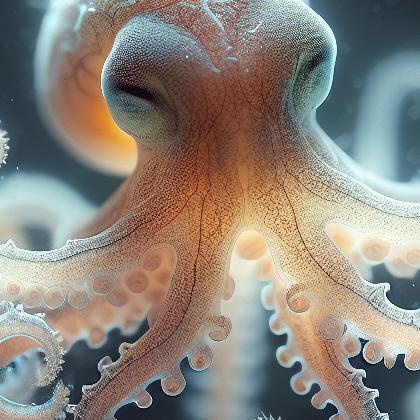Showing results for 'Octopus'
close
Octopus

An octopus (/ˈɒktəpʊs/ or /ˈɒktəpəs/; plural: octopuses, octopi, or octopodes; see below) is a cephalopod mollusc of the order Octopoda. It has two eyes and four pairs of arms and, like other cephalopods, it is bilaterally symmetric. An octopus has a hard beak, with its mouth at the center point of the arms. An octopus has no internal or external skeleton (although some species have a vestigial remnant of a shell inside their mantles, allowing it to squeeze through tight places.Octopuses are among the most intelligent and behaviorally flexible of all invertebrates.
Baby octopus Pairs With:
Food Item
Flavor Affinity Level
Baby octopus Properties:
| Food Property | Type | Description |
|---|---|---|
| Flavor Profile | Umami | Baby octopus has a savory and rich flavor profile due to its high levels of glutamic acid. |
| Texture | Tenderness | Baby octopus has a tender texture when cooked properly, making it easy to chew. |
| Nutritional Value | Macronutrients | Baby octopus is a good source of protein and low in fat, making it a nutritious option for meals. |
| Micronutrients | Baby octopus is rich in minerals such as iron and zinc, which are essential for overall health. | |
| Color | Natural Pigments | Baby octopus has a pinkish hue when cooked, giving it an appealing and appetizing appearance. |
| Aroma | Volatile Compounds | When cooked, baby octopus releases aromatic compounds that enhance its overall flavor and appeal. |
Food Pairing App - Version 1.2.0
